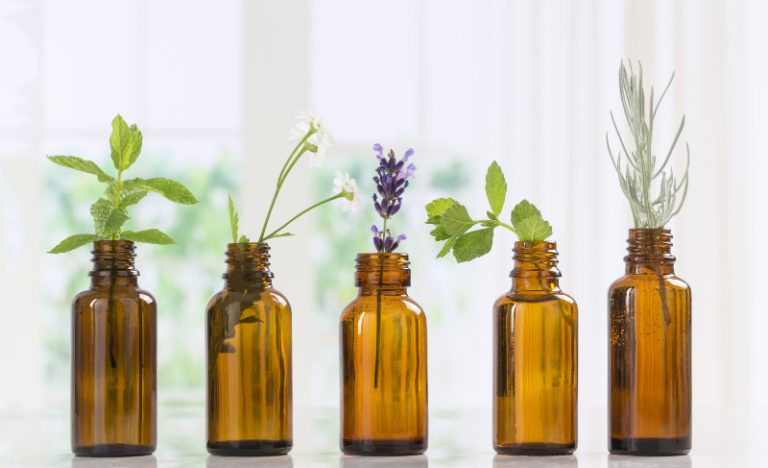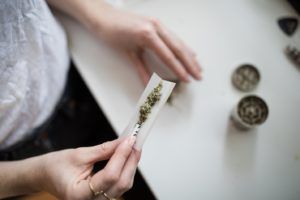Not too long ago, if you asked the average American what they thought cannabis was used for, they’d probably have answered “tuning out” or “turning off” or any number of avoidant strategies. And—believe us—while we’re all for you using cannabis any old way you please, it’s worth pointing out that for a growing number of us, cannabis is about tuning in, not out. In the wake of the Green Wave of legalization, cannabis and self care are suddenly a hot couple.
What changed? For one thing, an understanding of the benefits of low-dose and high-CBD cannabis mean that using our favorite plant isn’t just about being high anymore. If you’re curious about exploring cannabis and self care, here are some ideas to help you get the ball rolling and improving your health, your wellness and your quality of life.
Cannabis and Self Care: A Gentle Way to Approach Wellness
Starting over 4,000 years ago in China, cannabis has enjoyed an incredibly long history as a safe and trusted folk medicine. In the United States, up until about 100 years ago cannabis was both common and widely used to treat pain, digestive issues and many of the other uses we still use it for today.
But over and above treating specific symptoms and conditions, many of us find that cannabis has a use in our daily self-care routine. In addition to its powerful anti-inflammatory and analgesic qualities, its uniquely focusing and anxiolytic (or anxiety-relieving) effects make it a great partner for mindful activities like yoga, exercise, and meditation, as we’ve written elsewhere.
Part of what makes this possible, of course, is intention, and that means using cannabis to tune in to our bodies and our minds. But another important component is the rise of low- or microdose cannabis and the popularity of high-CBD strains.
Cannabis and Self Care: A “Less High” High
For many of us, part of incorporating cannabis and self-care means taking lower doses. And believe it or not, this isn’t just about abstaining. With most medicines, it’s logical to assume that taking more will have a greater effect. But cannabis is actually biphasic, meaning that we respond to it very differently at different doses. And as it turns out, the great majority of us derive greater benefit from cannabis at lower doses.
This means that even when we’re not experiencing the full psychoactivity of a large dose of THC, the cannabinoids and terpenes in cannabis—what you might call the “active ingredients”—are working to ease inflammation, calm our anxieties, and foster a sense of wellness, clarity and focus.
At the same time, many growers are moving towards strains containing a high proportion of CBD the second most-prevalent cannabinoid after THC. In addition to bringing a number of medical benefits, it doesn’t cause the psychoactive “high” of THC. That’s not to say you can’t feel it, but the effects are relatively mild: Many describe it as feeling like a gentle cerebral “buzz” or a gentle push of focused energy.
In other words, it’s tailor-made for incorporating into your wellness routine. Whether you’re exploring meditation, yoga, exercise or any other mindfulness-focused activity, try combining cannabis and self-care. We think you’ll find it suits it to a “T.”
Stop by Greeley Gallery or have us deliver!



